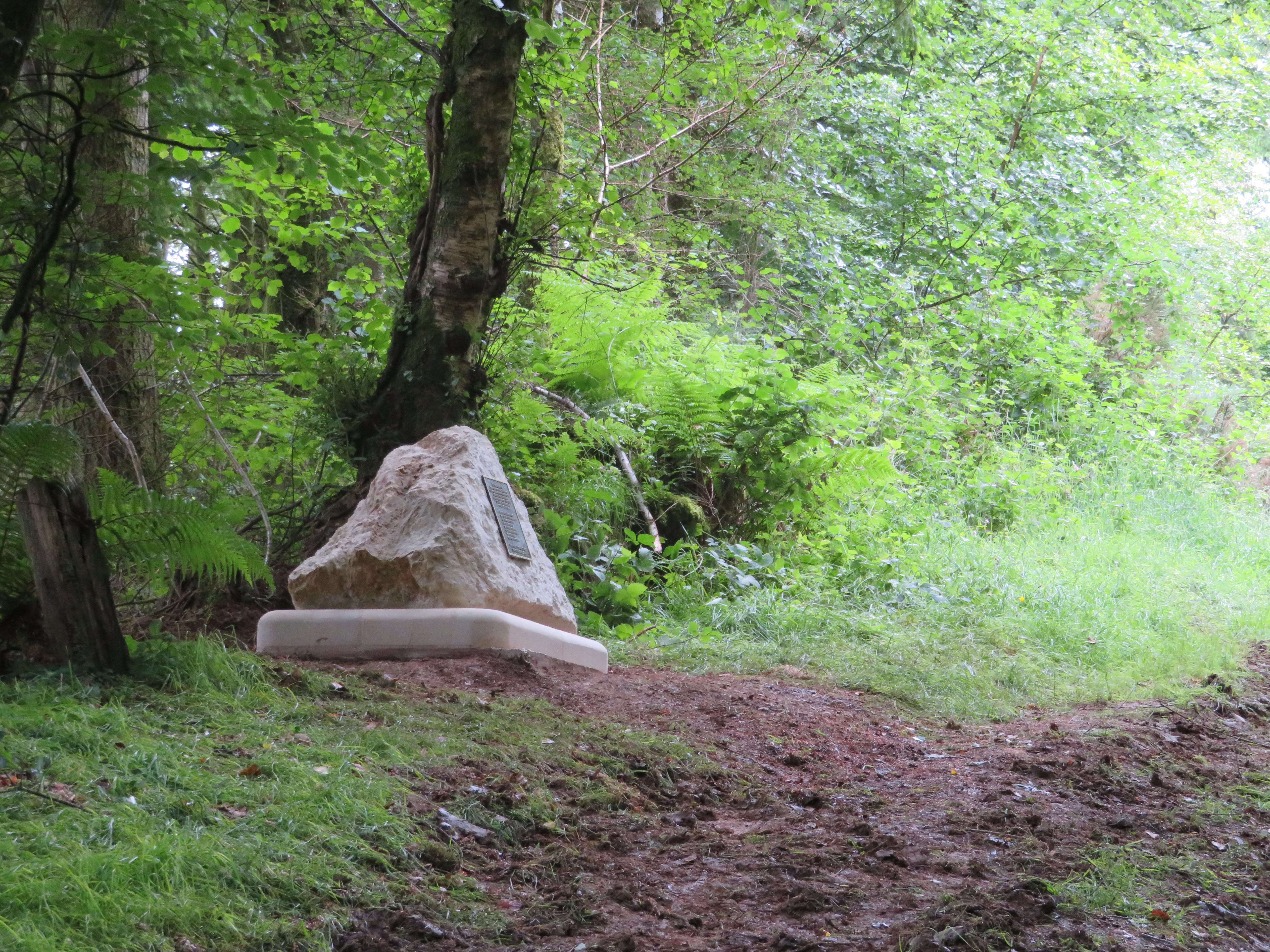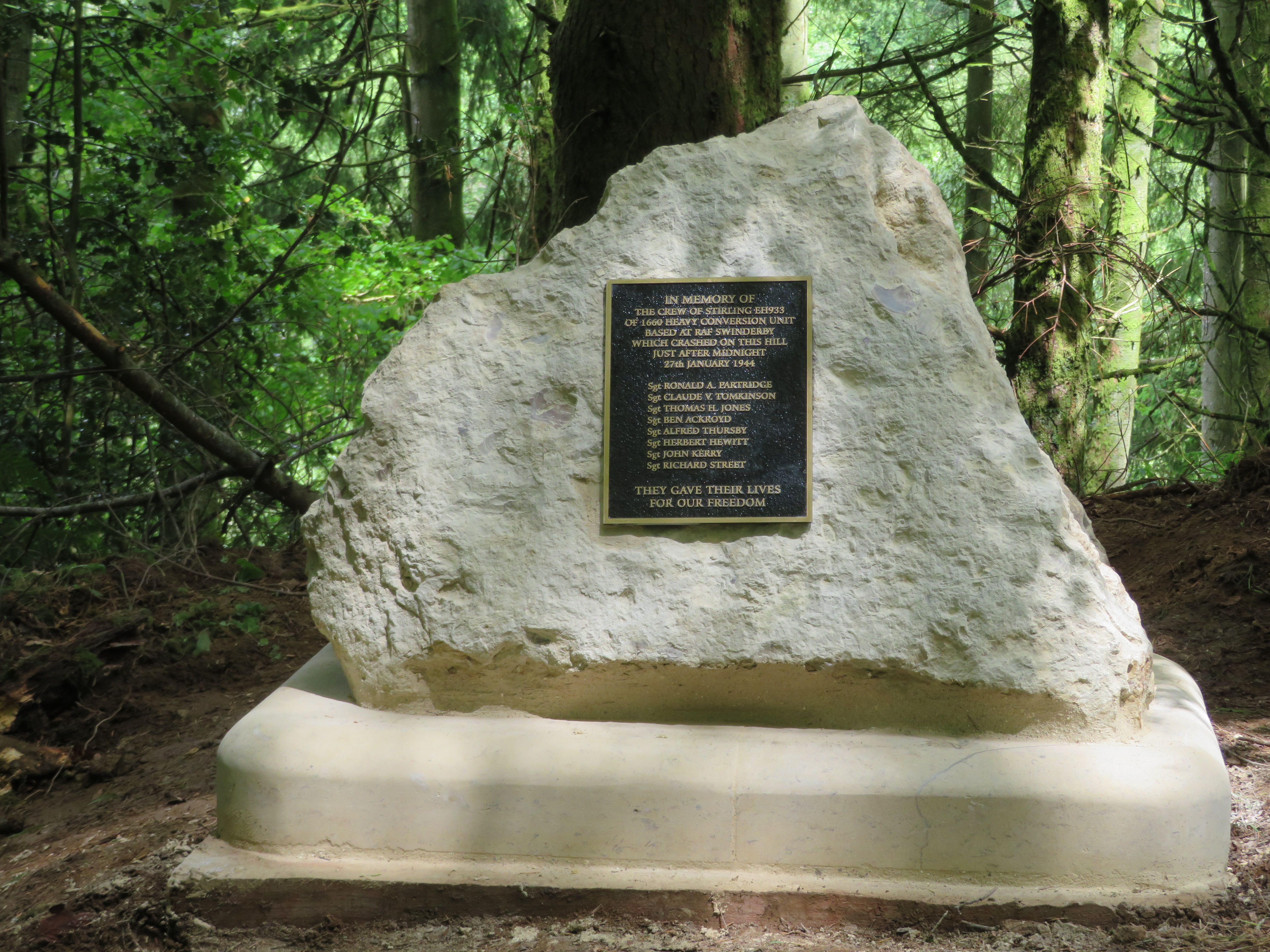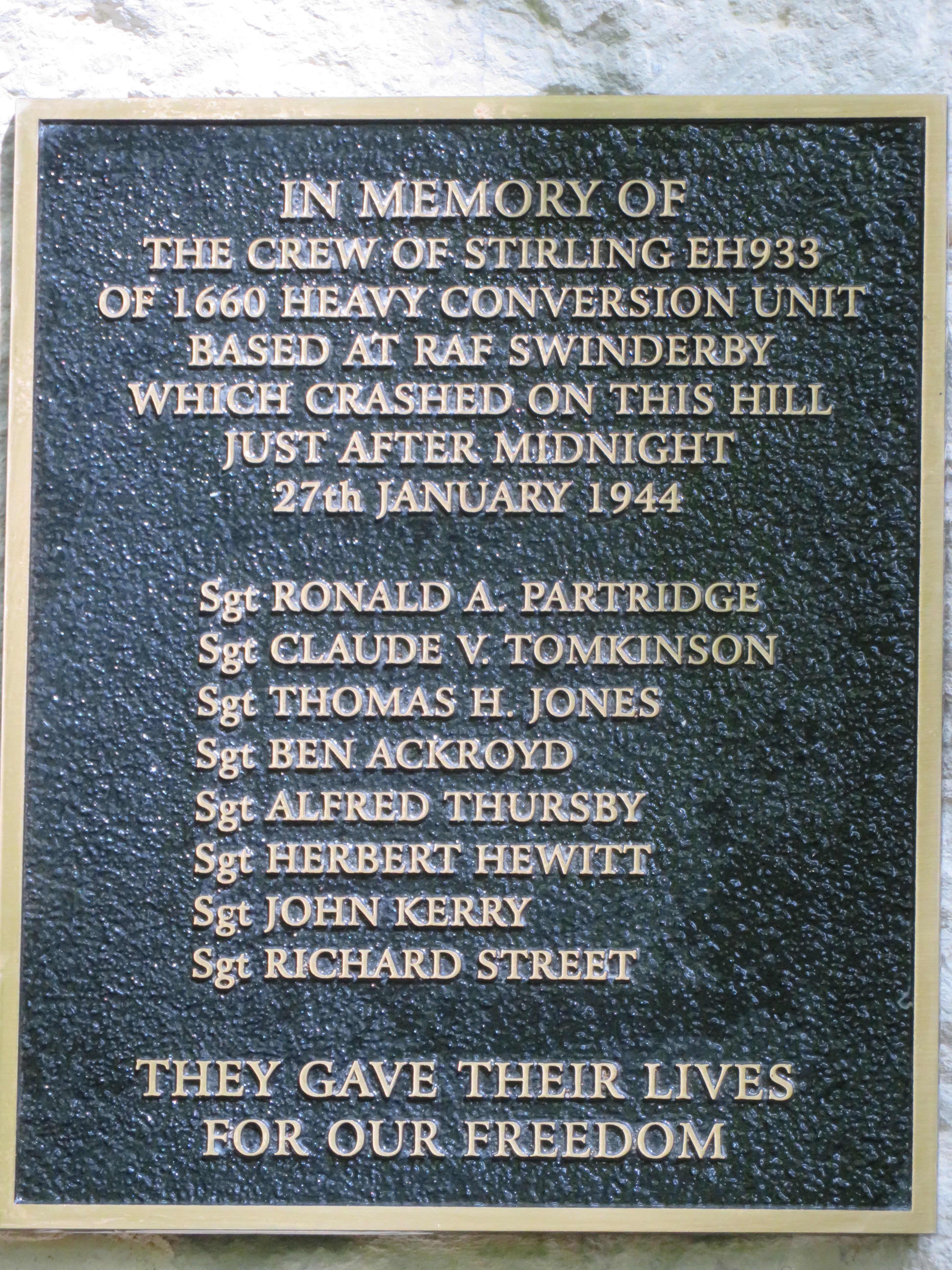Tomkinson, Claude Vernon
Personal Information
| Rank | Sgt |
| Forename(s) | Claude Vernon |
| Surname | Tomkinson |
| Gender | M |
| Age | 25 |
| Date of Death | 27-01-1944 |
| Next of Kin | Son of Francis Herbert Tomkinson and of Emily Jane Tomkinson, of Dolphinholme. |
Aircraft Information
| Aircraft | Short Stirling III |
| Serial Number | EH933 |
| Markings |
Memorial Information
| Burial/Memorial Country | United Kingdom |
| Burial/Memorial Place | Dolphinholme (St. Mark) Churchyard |
| Grave Reference | South of Church. |
| Epitaph | AT THE GOING DOWN OF THE SUN AND IN THE MORNING WE WILL REMEMBER THEM (From For The Fallen by Laurence Binyon) |
IBCC Memorial Information
| Phase | 1 |
| Panel Number | 107 |
Enlistment Information
| Service Number | 811121 |
| Service | Royal Air Force (Auxiliary Air Force) |
| Group | 5 |
| Squadron | 1660 HCU |
| Trade | Navigator |
| Country of Origin | United Kingdom |
Other Memorials
| Location | Rural location, Bridgetown, Somerset |
| Country | United Kingdom |
| Memorial Type | Memorial stone and inscribed metal plaque |
| Memorial Text | In memory of the crew of 1660 HCU Stirling EH933 which broke up at altitude on 27th January 1944 |
Miscellaneous Information
| ORB for RAF Culmhead (which handled the aftermath of the crash), snippet of entry under 26.1.44: “Unsettled weather continued. Bad weather again prevented flying. A Stirling aircraft crashed during the night at Exton, south of Minehead. The crew (8) from No. 1660 C.U. R.A.F. Swinderby were killed and the bodies brought into the Station.” Snippet of entry under 31.1.44: “Seven coffins were despatched by rail to different parts of the country for private funerals following the Stirling crash on 26.1.44.” (the eigth, that of the pilot, not being part of the despatch because he was buried locally) |
Commonwealth War Graves Commission
Fellow Servicemen
Please note that this list gives all the losses aboard the quoted aircraft and occasionally these may have occurred on an earlier date when the aircraft was not itself lost. Please check the dates of death carefully.
Last Operation Information
| Start Date | 26-01-1944 |
| End Date | 27-01-1944 |
| Takeoff Station | Swinderby |
| Day/Night Raid | Night (3% moon) |
| Operation | Night cross country exercise |
| Reason for Loss | Broke up at high altitude over Devon, the wreckage being scattered over a wide area, the main parts of the fuselage falling at Exton, near Somerset (and not Exton near Exeter as frequently reported) |


